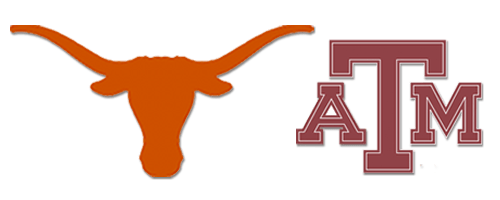Phil Brown (89-93)


Follow along with the video below to see how to install our site as a web app on your home screen.
Note: This feature may not be available in some browsers.














Ditto.Beautifully done. Thank you.
Horns
Beautifully done. Thank you.








Ouch. I remember that pic.Terrol Dillon (97-99)

* Predict HORNS-AGGIES *
Sat, Nov 30 • 6:30 PM on ABC
